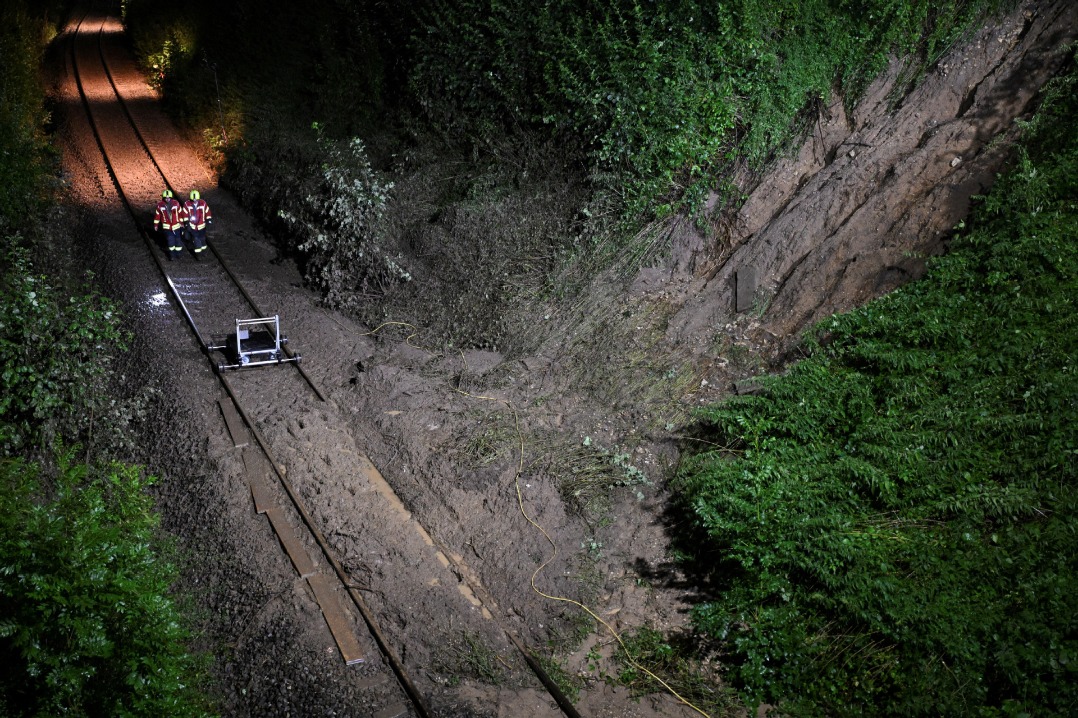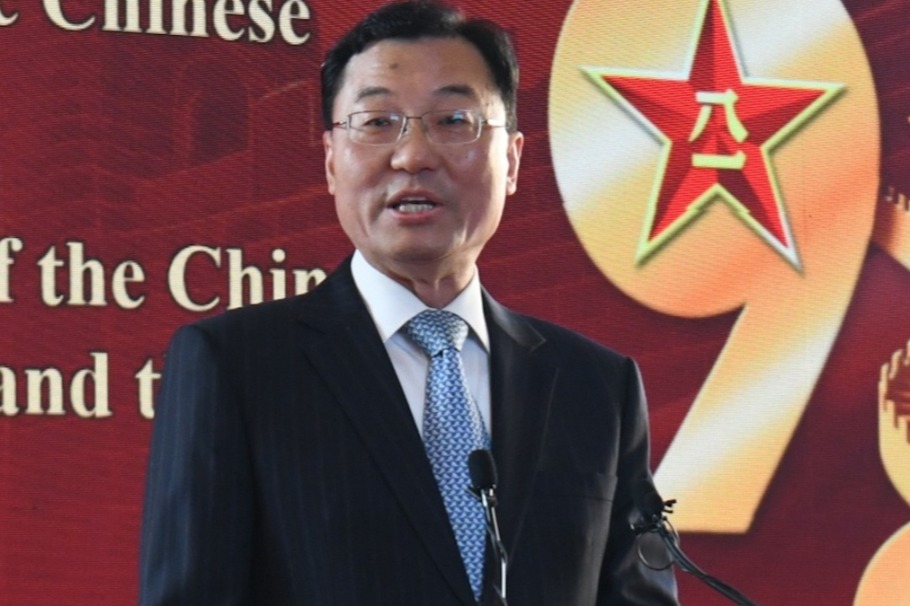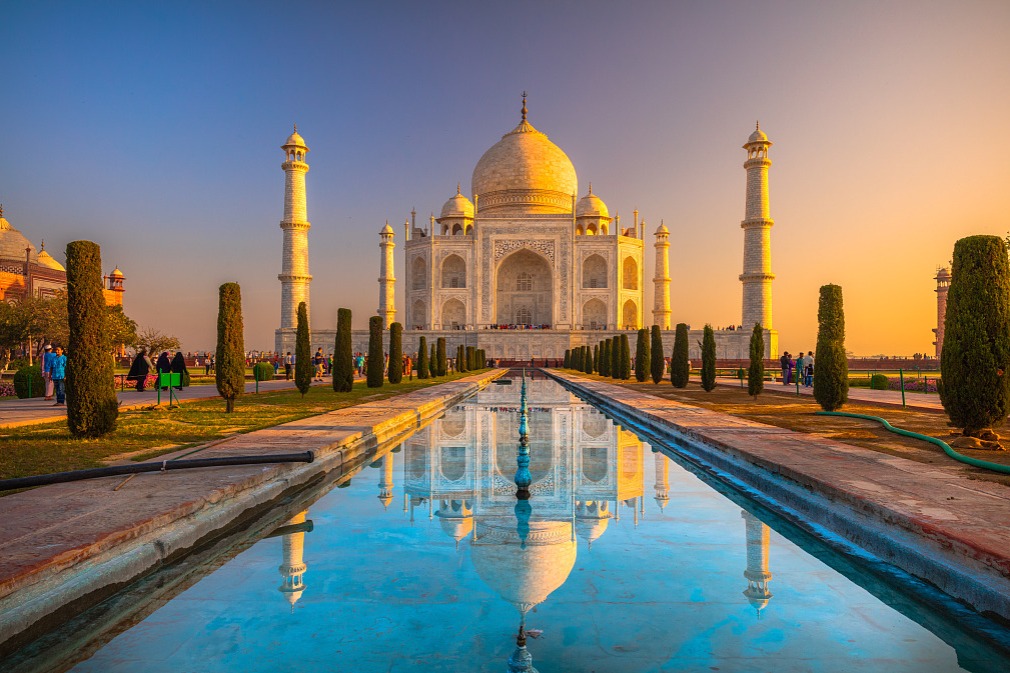Turin exhibition zooms in on China's urbanization


China's unprecedented urbanization over the past decades is on display in the Italian city of Turin.
China Goes Urban-The City to Come is an exploration of four Chinese cities and districts: Tongzhou in Beijing, Zhengdong in the central province of Henan, Zhaoqing in the southern province of Guangdong, and Lanzhou in the northwestern province of Gansu.
By showing videos, images and installations and providing explanations, the exhibition, which runs until Feb 14 next year at the Museum of Oriental Art in the northern city, aims to probe the urban, architectural and social-economic change process of contemporary China. This process is viewed as a mirror in which the possibilities and limitations of the contemporary city are reflected, in China and elsewhere, according to the organizers, which include the Polytechnic University of Turin, the Prospekt Photographers Agency and Tsinghua University.
Michele Bonino, an associate professor of architecture and urban design at the Polytechnic University of Turin, and Francesca Governa, a professor of economic and political geography at the same school, are the scientific curators for the exhibition.
Having worked on China projects for many years, they believe it is so important for Europe to understand China's urbanization.
"If we talk about cities, this is the time we have to look at China. It is reaching now the share of urban population that the West reached in another age, and is doing so in very characteristic and innovative ways," they said in an e-mail statement.
Samuele Pellecchia, founder of the Prospekt Photographers Agency and the artistic curator, said four Chinese new towns were documented in a realistic form through photography, and in an artistic form through video.
"If we used the former for documentary purposes, the latter is intended to dismantle the certainties and cliches through which we often look at the city," Pellecchia said.
A line of continuity
The exhibition is a result of years of research and offers the public a new and broad perspective that traces a line of continuity between past, present and future, connecting the culture of traditional China with the impressive transformations of contemporary Chinese cities, according to an introduction to the exhibition.
The curators also hope the exhibition stimulates a reflection on the city of today and the future by looking at the rapid processes of urbanization and urban expansion.
More than 16 million Chinese move each year from rural to urban areas, creating what is regarded the largest mass migration the world has ever seen. In 1978, 18 percent of Chinese lived in urban areas. This level has since reached 60 percent, according to the introduction to the exhibition.
Seminars and conferences have been scheduled to help visitors better understand the exhibition and the success and lessons of China's urbanization.
The exhibition's viewing route is also arranged in a way to keep visitors safe during the COVID-19 pandemic.
































